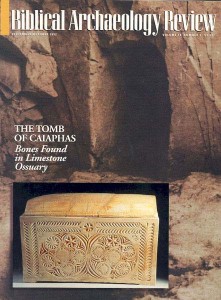
That Jesus spoke Aramaic there is no doubt.
By Jesus’ time numerous local dialects of Aramaic had emerged. Jesus, like other Palestinian Jews, would have spoken a local form of Middle Aramaic1 called Palestinian Aramaic. Palestinian Aramaic developed along with Nabatean Aramaic (in the area around Petra in modern Jordan), Palmyrene Aramaic (in central Syria), Hatran Aramaic (in the eastern part of Syria and Iraq) and early Syriac (in northern Syria and southern Turkey). Together, these five dialects make up Middle Aramaic.
Until the discovery of the Dead Sea Scrolls (beginning in 1947), Palestinian Aramaic was attested in only a few paltry inscriptions, on tombstones and on ossuaries (bone boxes). But with the discovery of those scrolls, more than a score of fragmentary texts written in Palestinian Aramaic came to light, giving us for the first time a corpus of literary texts from which we can learn something about the form of Aramaic spoken by Palestinian Jews in the centuries prior to Jesus and contemporaneously with him.2
Already a library member? Log in here.
Institution user? Log in with your IP address.

